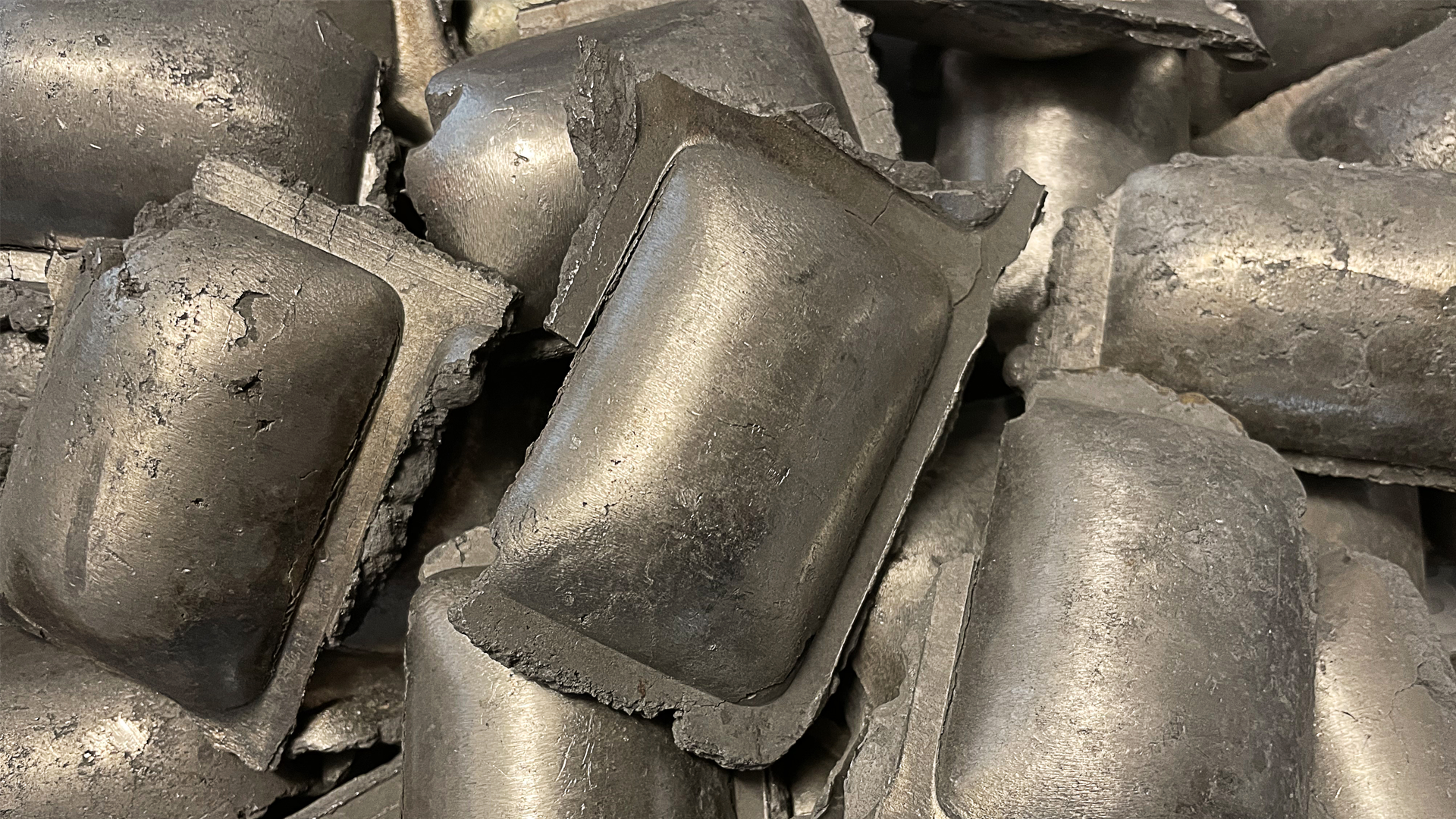How Can Road Transport be More Efficient And Fairer?
HCT and the upcoming mobility package were among the numerous topics discussed during Elmia’s digital event, Road Transport Focus. Both areas have major consequences for road safety and transport efficiency.
There was a curious focus on road transport when Elmia, in partnership with Lastfordonsgruppen (LFG), arranged the Påbyggnad 2021 digital event in early June in conjunction with Road Transport Focus. The event can be seen as a complement to the Elmia Lastbil fair in Jönköping, which has been postponed to 2022 due the current pandemic, but will probably serve as the inauguration of a recurring event.
The live broadcast was open to everyone and allowed one to easily access and listen to topics of particular interest during the full-scheduled days. VBG also participated in the event where we showcased our business and were able to share news about our new, upcoming coupling products.
We found two topics especially interesting:
- “Current status and future development opportunities for HCT in Sweden”.
- “How does the mobility package affect driving and rest times as well as tachograph legislation?
HCT
The first topic focused on High Capacity Transport (HCT) and gave us an update on the Swedish Transport Administration’s view of the expansion of the BK4 road network (BK1 with a maximum gross weight of 64 tonnes will expand to BK4 with a maximum gross weight of 74 tonnes). The goal is for 70-80% of Sweden’s roads to be leased for this within a 12-year period. At the beginning of 2021, 26% of the state’s BK4 road network had been classified.
The Nordic region is at the forefront of development, with Finland leading the way, which, in 2019, permitted the operation of 76-tonne vehicles and with a length of 34.5 m.
When the roads are adapted, goods transport must also be streamlined, with weight- and space-saving development and measures being top priorities for many operators in the industry.
When summing up the benefits offered by HCT development, the gains are considerable:
- Large socio-economic benefits; it is very profitable to lease the first 4,500 km for BK4, the net value for this is estimated to be SEK 10-14 billion.
- Major climate benefits at a very low cost.
- Likely positive effects in terms of road safety on the particular road network.
- Major efficiency gains for Swedish trade and industry.
The Swedish Transport Administration has written a report titled ‘Längre lastbilar på det svenska vägnätet’ (Eng: Longer Trucks on the Swedish Road Network), which describes the goals and development in detail.
VBG has also written a great deal about HCT, so if you are interested, you can read more blogs on the topic on VBG’s website.
How does the mobility package affect driving and rest times as well as tachograph legislation?
The new mobility package will result in greater fairness in goods transport. At present, there are a number of challenges regarding cross-border transport in Europe, and these will be reduced through greater data transparency in government controls. Hopefully, it will also lead to a better and safer work environment for drivers regardless of the haulage company’s point of origin.
A new technology to be used is the G2V2 (Generation 2, version 2) tachograph, with the following features:
- Positioning each time a vehicle crosses a new land border.
- ITS as standard.
- A 3rd source of movement will be required (it is not yet clear what). Today, GPS positioning is used as well as a gearbox sensor.
- New cards will be make things simpler.
- The tachograph must be able to be updated with new software.
- Data collected once per minute and compiled into a package that the authorities can read if necessary.
New requirements for drivers to:
- Register whether goods or people are being transported.
- Register sick days, leave, etc.
- The requirements concerning record sheets drivers must present at roadside inspections will be changed from 28 days to 56 days and the current day, until 31 Dec 2024.
- Manually register border crossings from 1 Jan 2022.
New requirements for roadside inspections:
- By 21 Aug 2024, the control authority must have access to early detection equipment (DSRC remote reader).
- Exceeded driving time is added to the existing transfer requirements for remote reading.
- The control authority must replace seals that are broken during a roadside inspection of the vehicle.
- Working Time Directive compliance checks to be carried out.
- All hauliers in Europe will be included in a risk assessment system. This will form the basis for inspections, so the police will be able to stop foreign vehicles and, by means of a register, will easily be able to view a risk qualification to assess whether a more in-depth inspection needs to be carried out.
- All international transport with vehicles less than 2.5 tonnes must be equipped with tachographs by 1 July 2026.
Key dates:
By 21 Aug 2023, G2V2 must be installed in newly registered vehicles
By 21 Aug 2025, G2V1 will be replaced by G2V2 for all international transport.
Recommended reading

Efficiency, Safety, and Sustainable Transport – Top 5 Articles and Insights of 2024

Transport Industry 2024: Great Progress Towards a Sustainable Future

